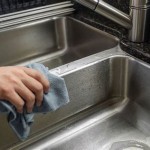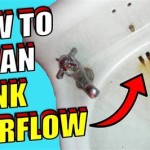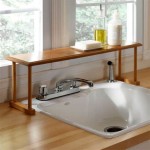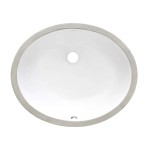How To Increase Water Pressure Kitchen Sink
A low water pressure in the kitchen sink can be a frustrating problem. It can make it difficult to wash dishes, clean vegetables, and perform other tasks that require a strong flow of water. If you're experiencing low water pressure in your kitchen sink, there are several things you can do to try to fix the problem.
One of the most common causes of low water pressure in the kitchen sink is a clogged aerator. The aerator is a small device that is attached to the end of the faucet. It helps to mix air with water, which creates a more forceful stream of water. Over time, the aerator can become clogged with sediment and debris, which can restrict the flow of water.
To clean the aerator, simply remove it from the faucet and rinse it under running water. If the aerator is badly clogged, you may need to soak it in vinegar or CLR for a few hours before rinsing it.
Another potential cause of low water pressure in the kitchen sink is a kinked or blocked water supply line. The water supply line is the hose that connects the faucet to the water main. If the water supply line is kinked or blocked, it can restrict the flow of water to the faucet.
To check the water supply line, turn off the water at the main water valve. Then, disconnect the water supply line from the faucet and inspect it for any kinks or blockages. If you find any kinks, try to straighten them out. If you find any blockages, you may need to replace the water supply line.
If you've cleaned the aerator and checked the water supply line and you're still experiencing low water pressure in the kitchen sink, there may be a problem with the faucet itself. The faucet may be clogged with sediment and debris, or it may have a faulty washer. To clean the faucet, disassemble it and rinse all of the parts under running water. If you find any clogged parts, soak them in vinegar or CLR for a few hours before rinsing them.
If you've cleaned the faucet and you're still experiencing low water pressure, you may need to replace the faucet. Replacing a faucet is a relatively simple plumbing project that can be completed in a few hours.
If you've tried all of the above troubleshooting tips and you're still experiencing low water pressure in the kitchen sink, there may be a problem with the water pressure in your home. To check the water pressure in your home, connect a pressure gauge to an outdoor faucet. The water pressure should be between 40 and 60 psi.
If the water pressure in your home is below 40 psi, you may need to contact a plumber to have the water pressure boosted. Boosting the water pressure in your home can be done by installing a water pressure booster pump.

4 Ways To Adjust Faucet Water Pressure Wikihow

4 Ways To Adjust Faucet Water Pressure Wikihow

4 Ways To Adjust Faucet Water Pressure Wikihow

How To Fix A Kitchen Faucet With Low Pressure And Flow Change Shutoff Valves Remove Debris Youtube

How To Fix A Sink With Low Water Pressure Kitchen Or Bathroom Faucet Hot And Cold
7 Reasons Why Your Kitchen Sink Water Pressure Is Low Lee S Air

How To Increase Water Pressure In Kitchen Sink George Bathroom

4 Ways To Adjust Faucet Water Pressure Wikihow

Low Pressure Mixer Tap The Partner For Water Heaters Blanco

How To Increase Water Pressure In Kitchen Sink George Bathroom







